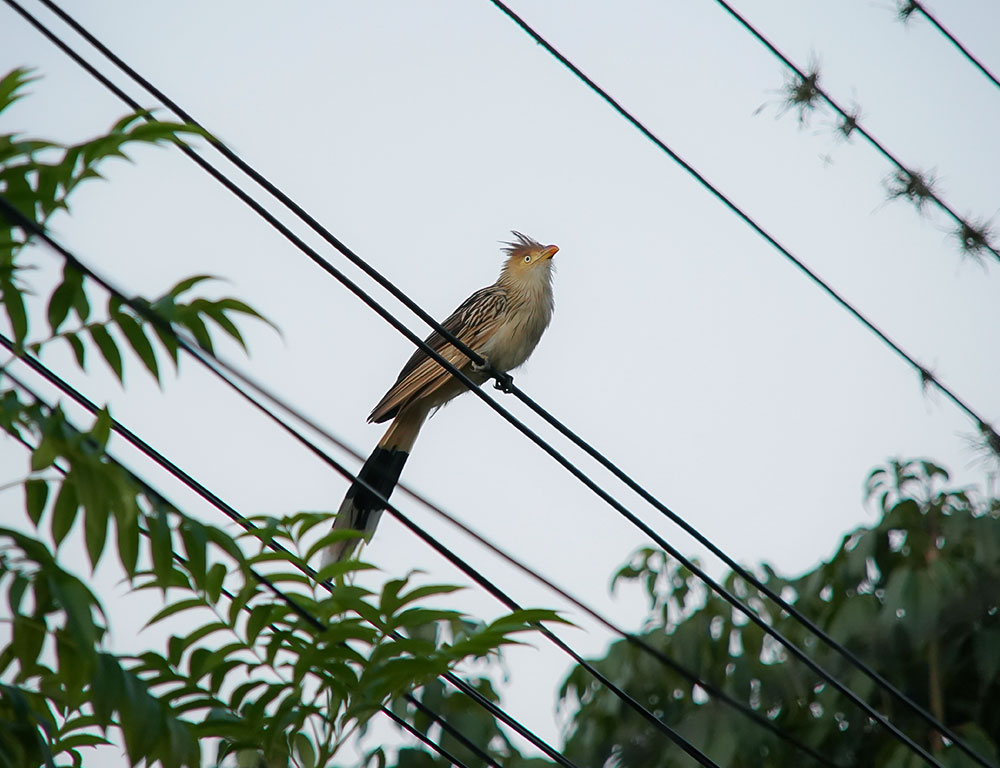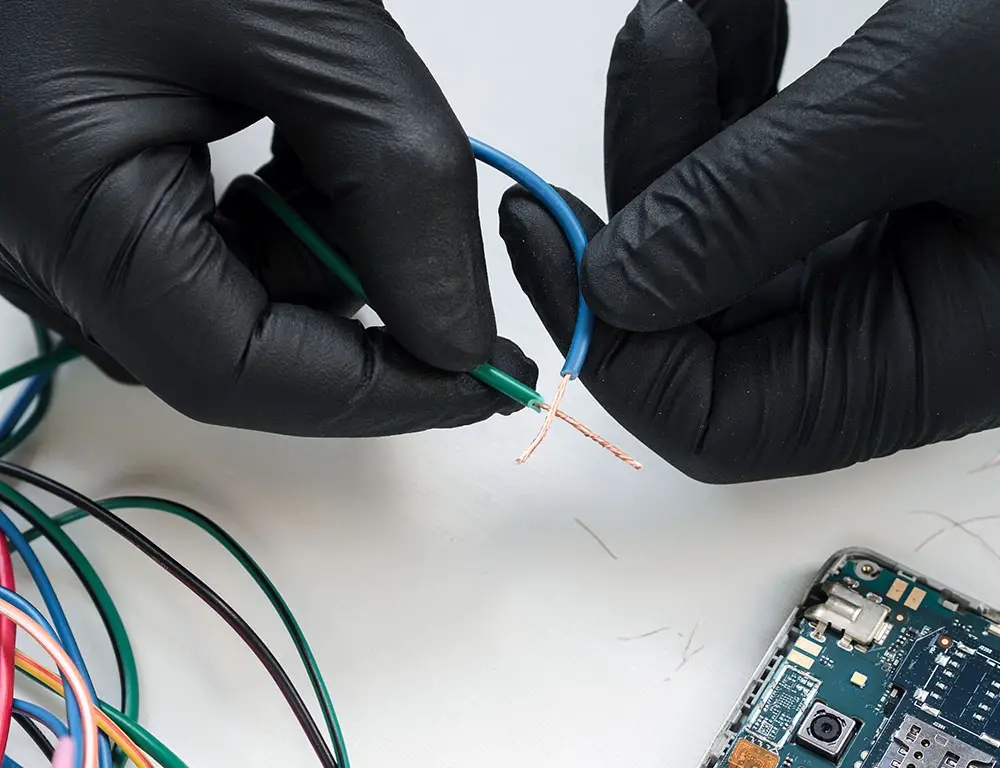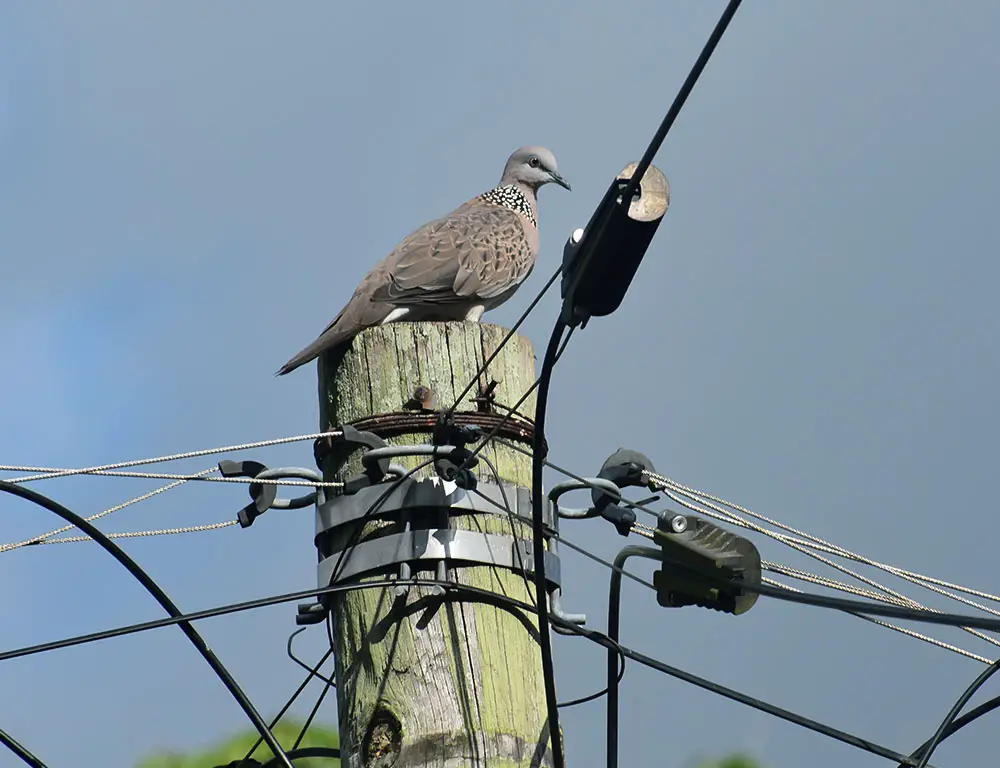One of the things you may wonder about birds is that they can perch on power lines without getting electrocuted. It may seem like a simple question, but the answer lies in electricity’s physics and bird anatomy’s unique characteristics.
So, why don’t birds get electrocuted on power lines? Indeed, the reason necessitates a comprehensive explanation.
Generally, if a bird perches on a substance that carries electricity, the bird is unaffected. Here, a bird’s feather works like an insulator, helping birds not to be electrocuted.
We shall go on a detailed trip explaining the reason. In addition, we will study how insulation prevents harm to birds. Keep reading for a while since more related material will be shared in between.

Why Don’t Birds Get Electrocuted on Power Lines? Knowing the Truth
A thorough explanation is required since this is a somewhat complex issue with scientific reasoning. Generally, birds are unaffected because they sit on an insulator. What is the purpose of the insulator in this context?
The insulator is a Safeguard
The primary function of insulators is to keep the electricity flowing through the power lines at a safe distance. To be more particular, it is used to keep electrical waves safe for humans and birds.
If the flow of electricity comes into contact with these objects, it may cause damage or even start a fire.
Wind, ice, snow, rain, and other features of nature can be resisted by insulators. It also stops arcing and corona discharges, which could result in electrical interference.
Now, I hope it is getting clearer. As explained earlier, birds can safely perch on power lines because they stand on insulators. Thus, their anatomy does not provide a complete circuit for electricity flow.
The insulators surround the power lines and prevent the electric field from contacting the bird’s body and causing harm. When a bird meets a wire, the wire may be linked with an insulator, allowing the bird to sit.
The Electricity Flow Required Conductive Material

We should know that electricity flows through conductive materials, such as metal. So what happens when a bird sits on a powered wire may not be a conductive material.
In that case, if the power line is not in contact with the electricity flowing through the line, it will not bother the birds.
In other words, as long as their feet do not contact the soil, birds do not form a complete circuit for electricity to flow through. The bird is instead standing on an insulator.
The electric flow requires a potential difference between the bird’s feet, which must contact the wire.
Nevertheless, there are minimal changes in the constant voltage supply. As a result, there is little to no potential difference between the bird’s feet. The current is eventually prevented from passing through the body.
However, birds are electrically harmed on occasion. This is because the bird may be perched on a steel conductor. While it is sitting on a conductor, electricity can flow from high to low. As a result, the bird’s body may utilize a medium.
Power Lines in Urban Areas Maintain Gap

Another critical factor is the clearance between power lines and other objects. Any other object that is a metal equivalent can cause harm.
In that sense, power providers maintain a specific space between power lines and other objects during electrical design in an urban area. This spacing is between the trees, buildings, and other structures to prevent birds and other wildlife from getting in touch with the electricity.
Accordingly, gaps stop power lines from posing a fire risk. So, you may say the electrical suppliers are conscious of it, preventing birds from being harmed by electricity.
FAQs
Do you still have some questions? Have a look at this section, and don’t go away!
No. Not all birds are safe from electrocution on power lines. Big birds like eagles and vultures have a greater body mass and wingspan, which can come into contact with multiple power lines simultaneously. And this may cause them to be electrocuted.
It is not possible to train birds to avoid power lines. They are incapable of understanding the concept of electricity or its dangers.
Yes, humans have a bigger chance. Because, while they come in contact with an electronic flow, their feet are on the ground and will work as potential difference. Thus, they will be electrocuted.
Conclusion
In summary, if you are asked why birds don’t get electrocuted on power lines, it is mainly because their feet don’t touch the ground.
Also, the insulators surrounding the power lines and the bird’s natural insulation prevent the electric field from coming into contact with the bird’s body.
Besides, understanding the science behind this phenomenon can also help to inform how we design and maintain our infrastructure. Thus, it may be helpful to minimize any negative impact on wildlife.